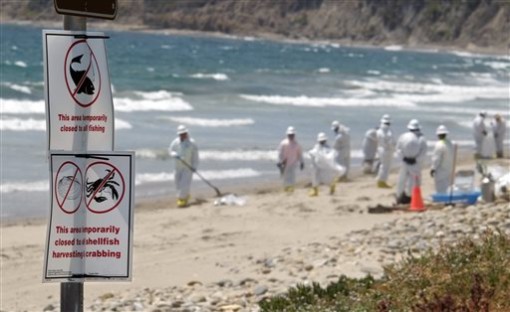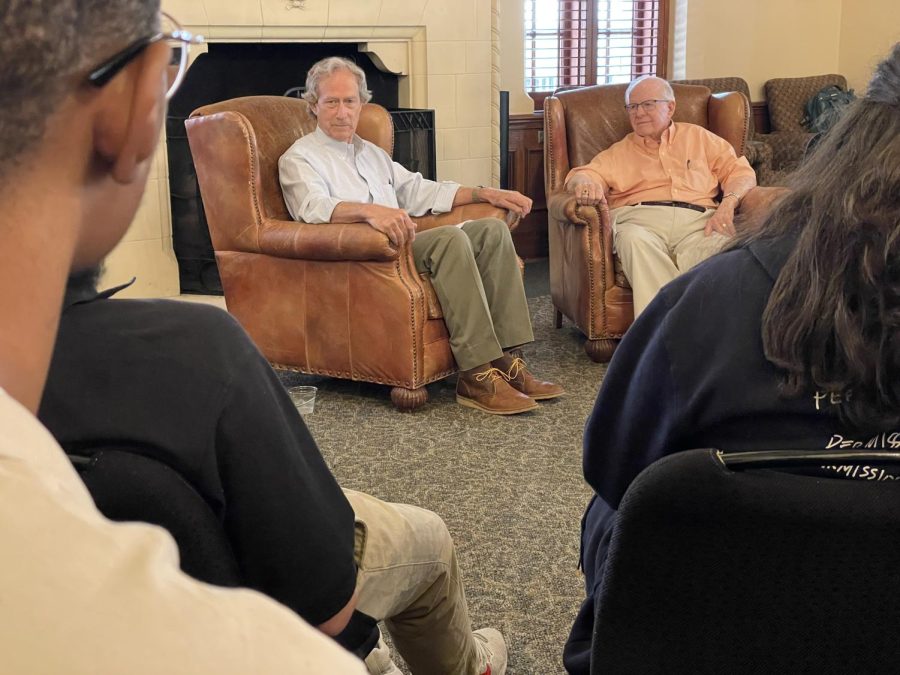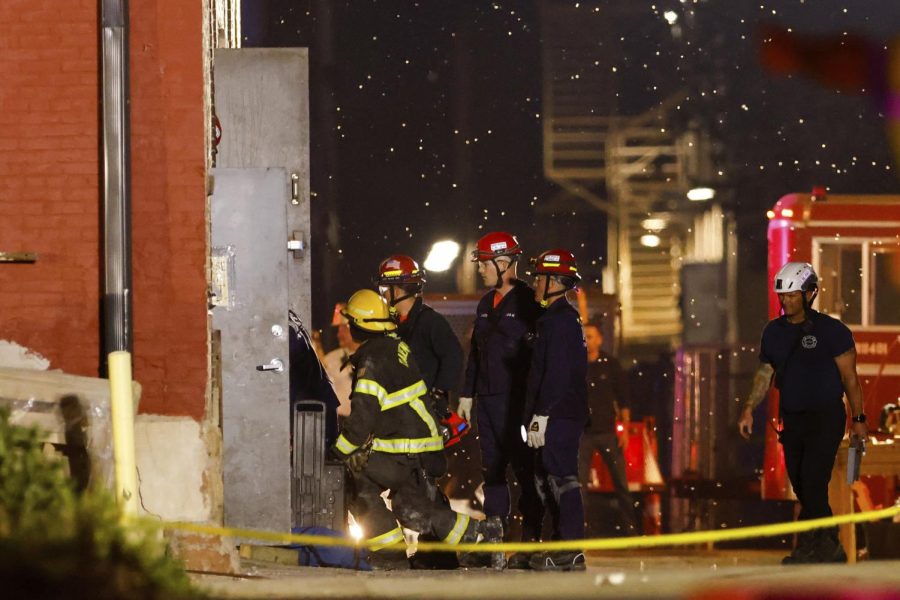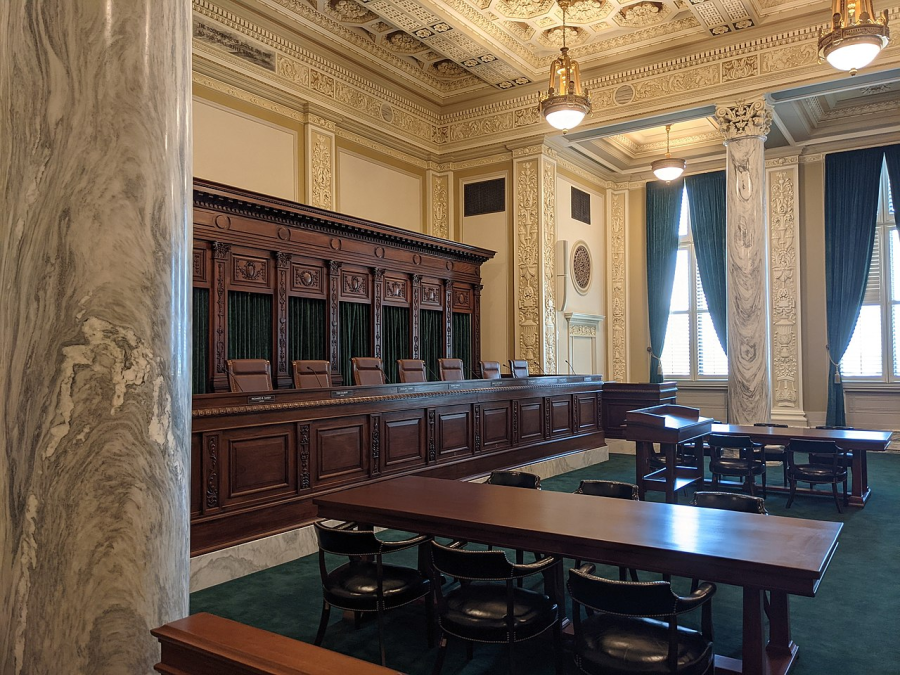MICHAEL R. BLOOD
Associated Press
LOS ANGELES The leader overseeing a massive oil cleanup along the California coast defended the initial response, saying there were workers on the ground after the spill that stained popular beaches.
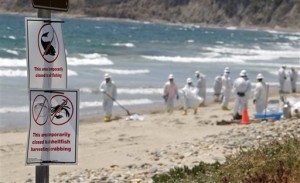
The first wave of workers deployed booms in the water to corral the oil slick and placed them along the shoreline to protect ecologically sensitive habitats. Others vacuumed up oil from the site of the underground pipeline that ruptured on May 19, sending up to 101,000 gallons of crude oil down a culvert and onto the beach north of Santa Barbara. An estimated 21,000 gallons escaped into the Pacific and quickly spread.
As more crews arrived the next day, they began raking oily sand and cleaning rocks on the beach — an exercise that continues more than a week after one of the largest coastal oil spills in California in 25 years.
“We had people on the ground on day zero — people who were actually physically doing things to prevent the worsening of the spill,” Coast Guard Capt. Jennifer Williams said Friday.
The early response has come under scrutiny in recent days by environmentalists and witnesses who felt little on-the-ground cleanup was done on the first day.
California’s U.S. senators issued a statement Thursday calling the response insufficient and demanding Plains All American Pipeline explain what it did, and when, after firefighters discovered the leak from the company’s underground 24-inch pipe.
A diverse range of government agencies, from the Coast Guard to state emergency workers to the Santa Barbara County Fire Department, converged on the site after the spill was discovered, but it took some time to get ramped up.
As responders assembled, graduate student Natalie Phares quickly organized a volunteer bucket brigade. Seven hours after the discovery of the spill, she was surprised to find her small crew alone on the sand a half-mile east of Refugio State Beach, where the spill occurred.
Aside from a couple of boats skimming oil from the surface, she didn’t see any other cleanup effort.
“It was disheartening,” she said. Using headlamps, the 10 volunteers filled 91 buckets in 3.5 hours.
Williams said agencies had a playbook to follow including having a cultural monitor on the beach so workers didn’t accidentally trample on artifacts.
“You can’t simply go to Home Depot and get some buckets. If you do that, you’re not doing it the right way,” she said.
Workers faced challenges early on. Cleanup was suspended at one point on the first day because of high tide and choppy waters. While there were lights set up on the beach after dark, they created shadows. Though there were many volunteers willing to help, the government could not use them until they got proper safety training.
Rancher Mark Tautrim headed to the beach about 1 mile east of the pipeline break after learning of the spill and was relieved to encounter an unspoiled stretch of surf and sand. But that would soon turn to disappointment — several hours later he returned to the same spot to find what he called “globs and globs of oil.”
The following day, Tautrim saw people trying to mop up the beach without protective gear — some were in shorts and flip-flops. He didn’t see professional cleanup crews until two to three days after the spill.
“I believe it could have been quicker, but that is me from the outside looking in,” he said.
Steve Calanog, deputy on-scene coordinator for the Environmental Protection Agency, said: “It’s easy to say it didn’t happen fast enough if you don’t realize what it takes to respond to an oil spill.”
On Friday, there were 1,200 people on scene including 600 tasked with cleaning up the beach.
There is extensive preparation and planning for potential oil spills along the California coast, where a 1969 oil platform blowout and spill on the same stretch of shoreline helped spawn the modern environmental movement. Plains’ response plan alone is over 1,000 pages of detailed information on how to quickly and methodically react.
Plains officials and emergency workers had gathered at a fire station near the site on the day of the spill to train for that very emergency.
Plains said in a statement that after the release was confirmed, the company immediately activated its emergency response plan and moved “critical resources” to the scene.
“We train regularly for situations such as this, hoping that they will never happen. However, in a real event, no one is fully satisfied with the speed of response,” the company said.
Sens. Barbara Boxer and Dianne Feinstein, both Democrats, have called on federal regulators to determine if Plains detected and reported the spill as quickly as possible. “These delays could have exacerbated the extent of the damage to the environment,” the senators wrote.
Santa Barbara County Supervisor Salud Carbajal was on the site the morning after the spill, where oil-slicked waves were crashing onshore and rocks were coated with black muck. Looking along a long stretch of beach, he saw a few clusters of workers, numbering about a dozen or so in each group.
“When you consider the gravity of the situation, I did think of whether that was an adequate response or not,” Carbajal said.


